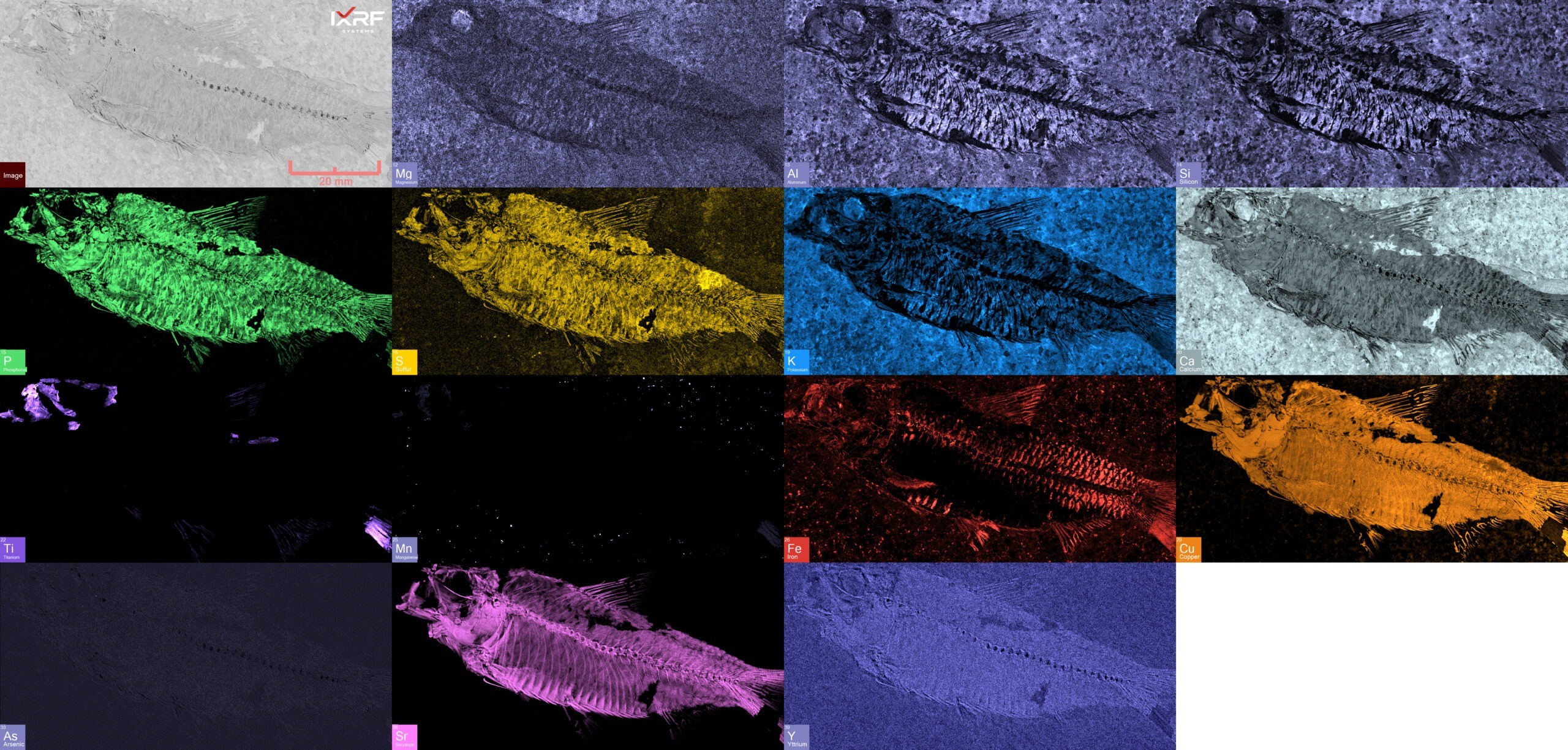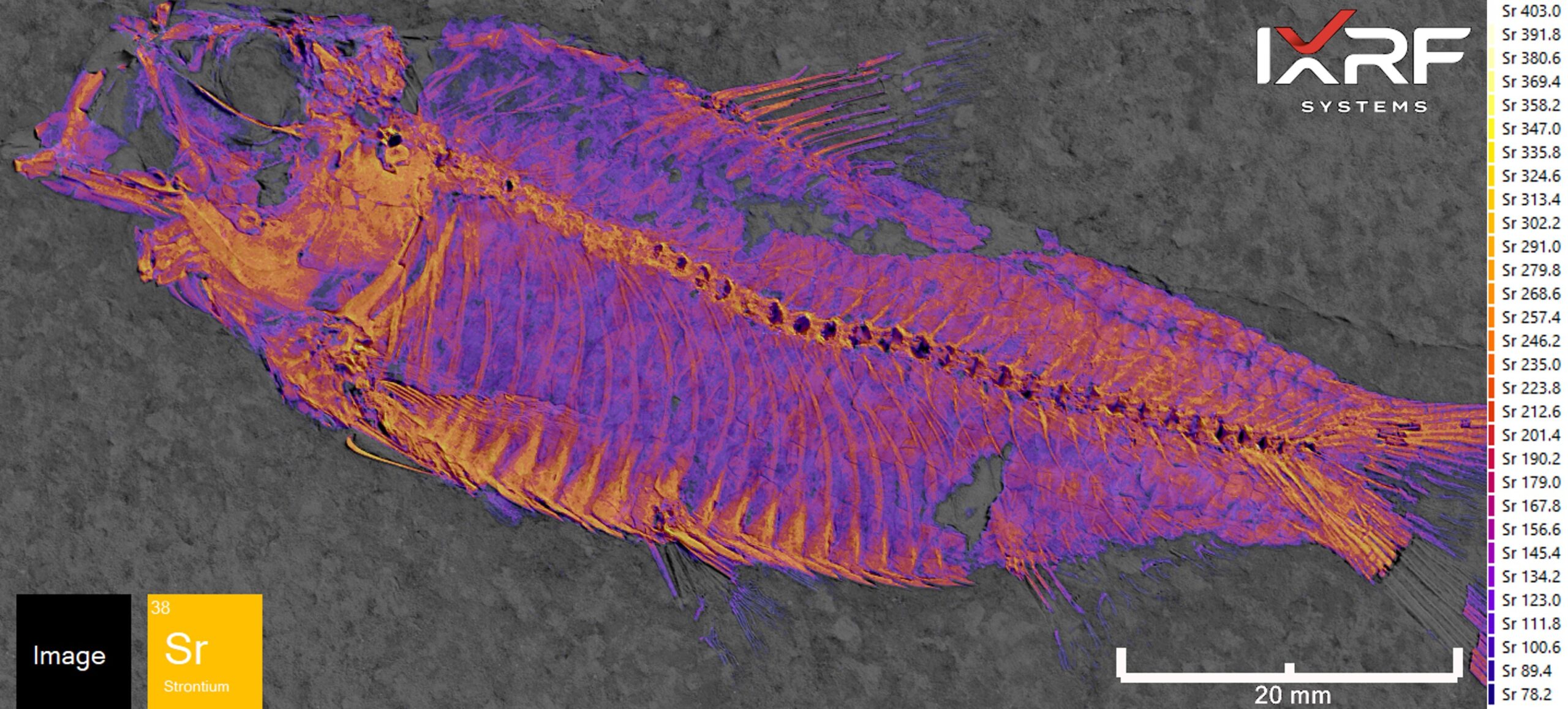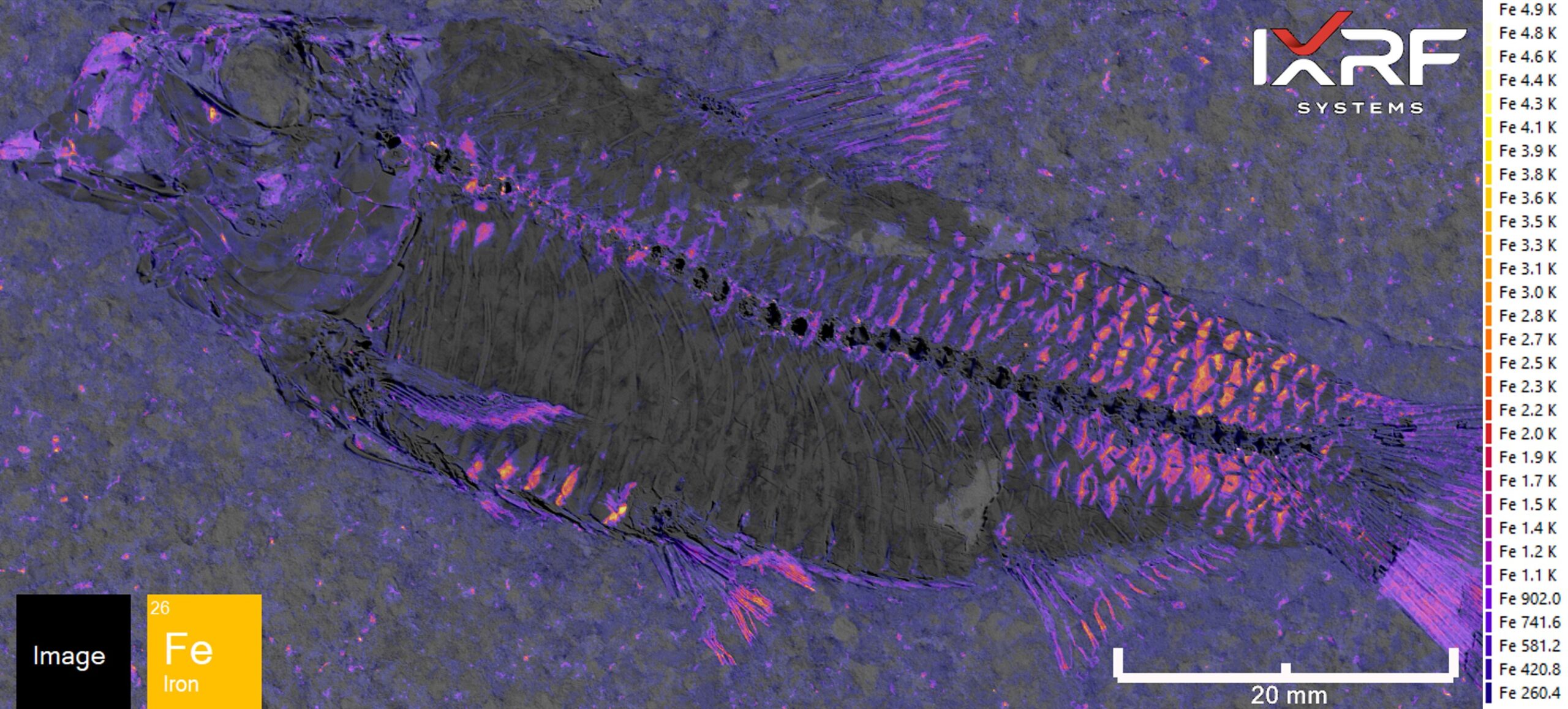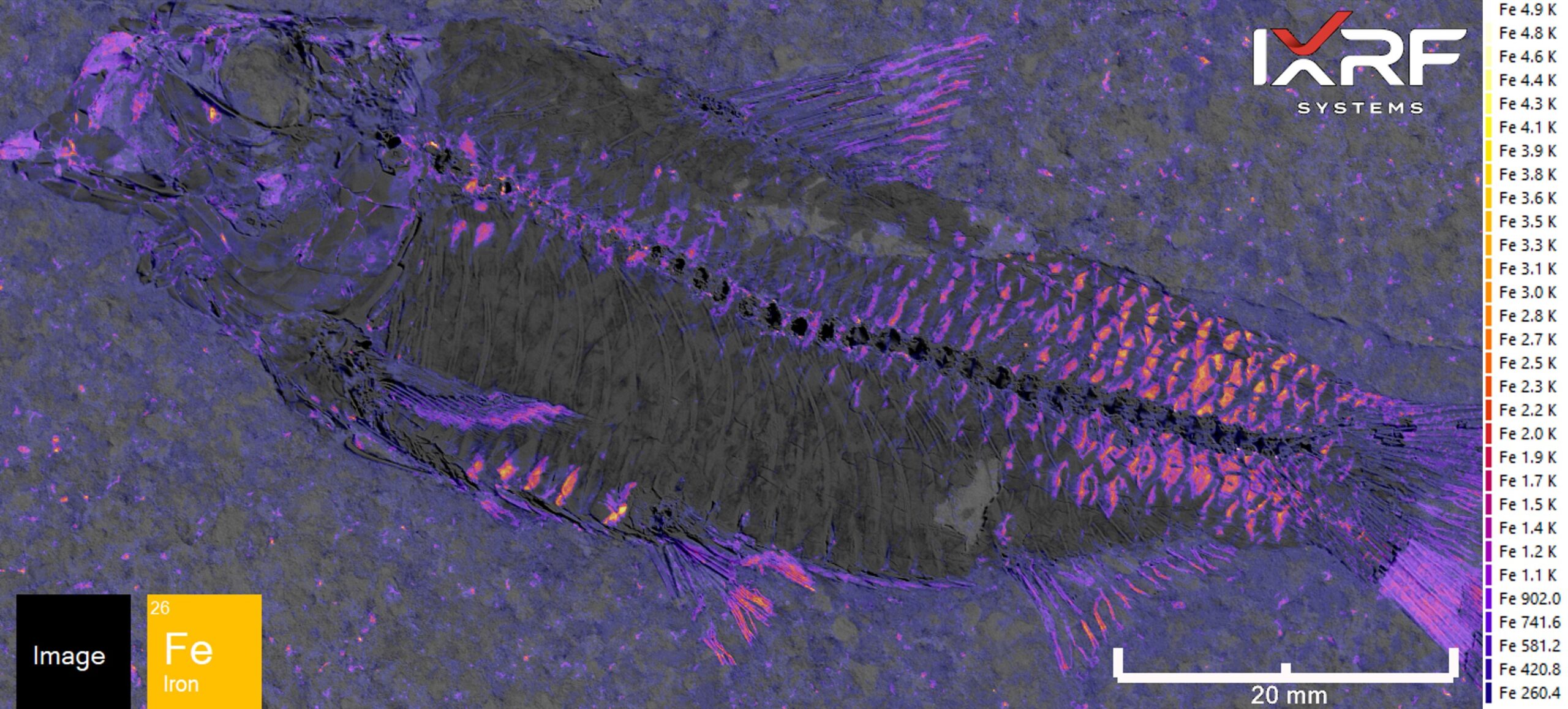Paleontology has always been at the forefront of answering questions about Earth’s biological history. However, the analytical techniques used to examine fossils have changed dramatically over the years. One technology making waves in fossil analysis is Micro X-ray Fluorescence (µXRF) spectrometry. This article will explore how high-resolution µXRF can be used for fossil analysis and why it provides advantages over Scanning Electron Microscopy with Energy Dispersive Spectroscopy (SEM-EDS).
What Are Fossils?
Before diving into the technology, let’s briefly examine what fossils are. Fossils are the remains or traces of organisms that lived in the past. They can range from bones, teeth, and shells to more indirect signs like footprints and burrows. Understanding the composition and structure of fossils is crucial for learning more about extinct species and their environments.
The Traditional Method: SEM-EDS
SEM-EDS has been a cornerstone in fossil analysis for many years, offering insights into both morphology and some elemental aspects of samples. One drawback to this analytical approach, however, is the need for sample coating with a conductive material. One of them is gold, a process that has the potential to either obscure critical details or inflict damage upon the specimen. Additionally, SEM-EDS falls short in terms of its elemental detection range and has reduced detection limits compared to µXRF. Moreover, it offers less penetration depth into the sample, limiting the information that can be gleaned from beneath the surface.

Figure 1: Elemental intensity maps of fossil sample analyzed by IXRF System’s Atlas µXRF. The sample was run with a pixel/spot size of 25µm.
The New Frontier: MicroXRF
High Spatial Resolution
µXRF technology offers unparalleled spatial resolution as compared to conventional XRF approaches, allowing for more refined data gathering. With IXRF Systems’ µXRF, users can achieve spot sizes as small as 5µm, providing detailed elemental mapping across the sample surface.
Non-destructive Analysis
Unlike SEM-EDS, which often requires destructive sample preparation like coating, µXRF is non-destructive. This means that priceless fossils can be analyzed without risk of damage.
Broad Elemental Range
µXRF can detect a broader range of elements, from sodium to uranium, and at lower concentrations. This is invaluable when analyzing trace elements that can provide clues to the paleoenvironment.
Greater Contextual Information
Because of its high spatial resolution and broad elemental range, µXRF can provide more significant contextual information. For example, not only can µXRF identify the elemental composition of a fossil, but it can also map surrounding sediments, which can provide insights into the environmental conditions at the time when the organism lived.



Figure 2: Multiple µXRF maps overlayed to display the contrast of elements.
Advantages of Using MicroXRF over SEM-EDS
- Less Sample Preparation: µXRF allows for non-destructive analysis, eliminating the need for conductive coatings and preserving your valuable samples in their original state.
- Deeper Penetration: µXRF offers the ability to delve deeper into the sample, revealing information beneath the surface that SEM-EDS cannot access.
- Broad Elemental Range: The technology can detect a more extensive array of elements, even at lower concentrations, broadening the scope of potential findings.
- Quantification Using Fundamental Parameters: Unlike SEM-EDS, µXRF enables precise elemental quantification using fundamental parameters, thereby increasing the accuracy of your analyses.
- Contextual Information: The method can provide a richer understanding of the fossil and its surrounding matrix, offering insights into the paleoenvironment in which the organism existed.



Figure 3: The maps above are from the same sample used in Figure 1, except they are set to a fire color scale to help visualize the intensity difference to match the intensity legend.
Conclusion
As technology advances, so does our ability to understand the past. µXRF, with its high spatial resolution and non-destructive nature, represents a significant step forward in the field of paleontology. By offering a broader elemental range and providing more significant contextual information, µXRF from IXRF Systems is revolutionizing how we analyze and understand fossils.
Interested in learning more about how IXRF Systems’ µXRF technology can enhance your research? Contact us today!
IXRF Systems is a leading provider of X-ray fluorescence instrumentation. With our advanced analytical solutions, we are committed to supporting research, quality control, and educational endeavors across various industries.


